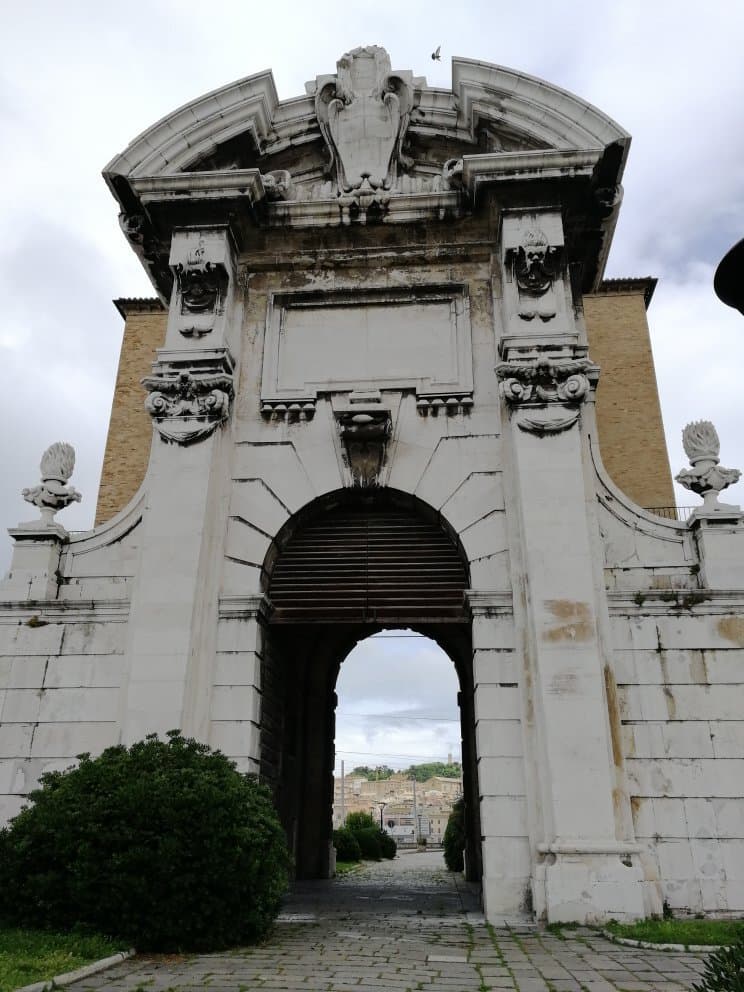
Porta Pia
A monumental Renaissance gate designed by Michelangelo, marking a pivotal moment in Italian unification.
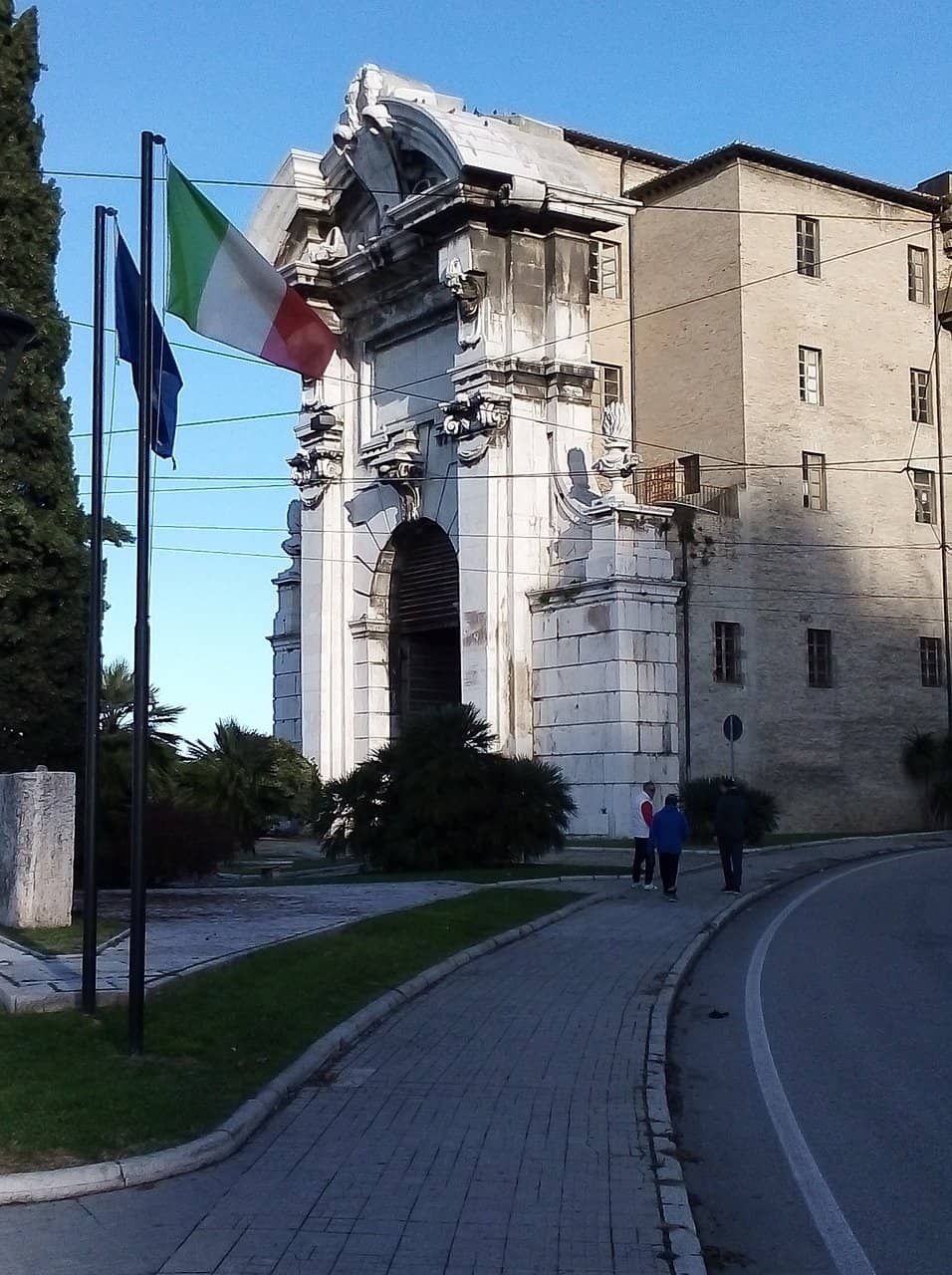
Highlights
Must-see attractions

Social
From TikTok & Reddit
Best Time
Fewer crowds, peaceful atmosphere

Porta Pia
Best Time
Fewer crowds, peaceful atmosphere

Highlights
Must-see attractions
A monumental Renaissance gate designed by Michelangelo, marking a pivotal moment in Italian unification.
"A grand gateway into Rome’s timeless spirit, capturing art, architecture, and history."
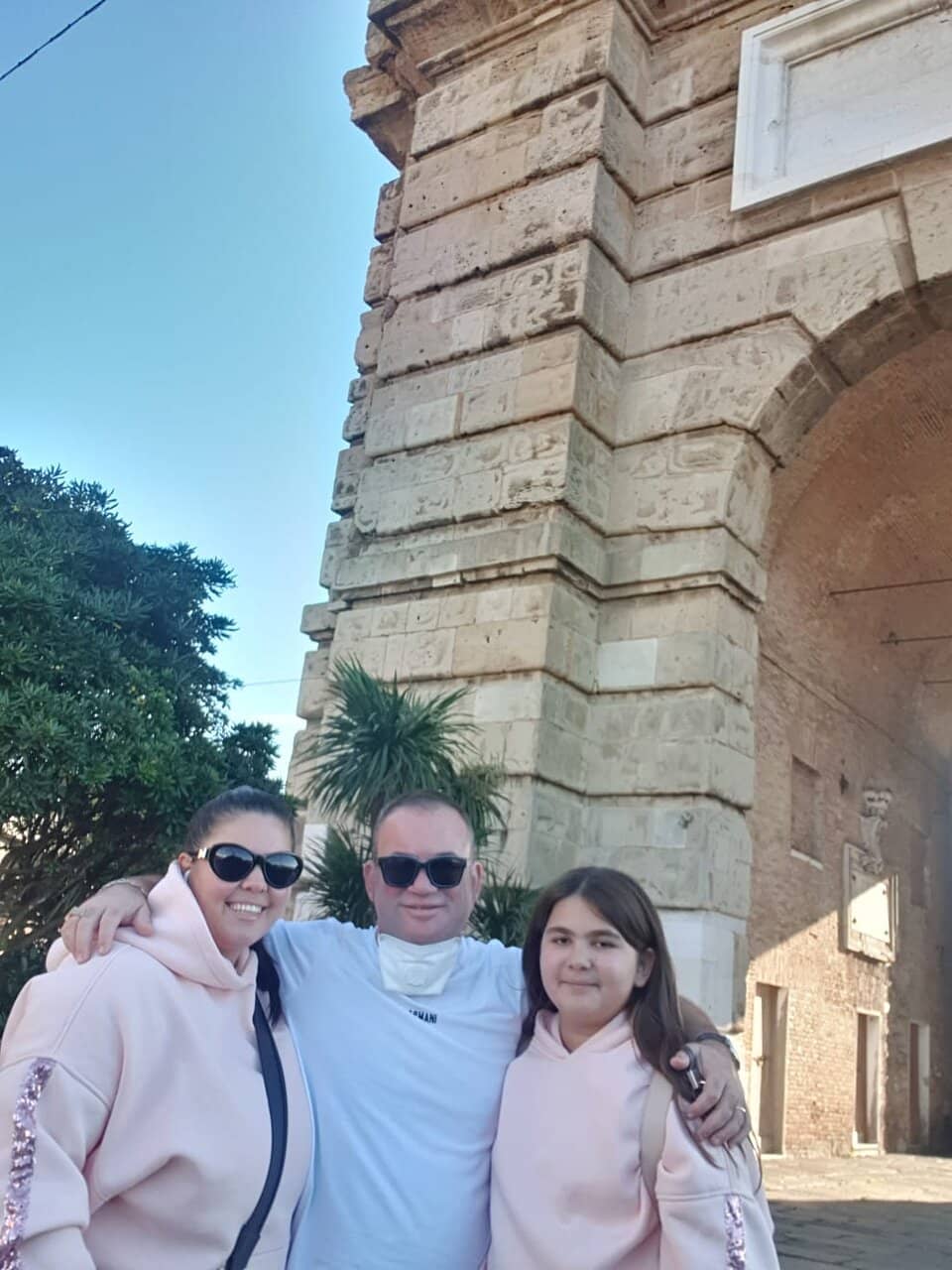
🚶♂️ Explore Beyond the Gate
Don't just see the gate; explore the surrounding area for more historical context and local charm.
📚 Learn the History
Understand the 'Breccia di Porta Pia' event to fully appreciate its significance.
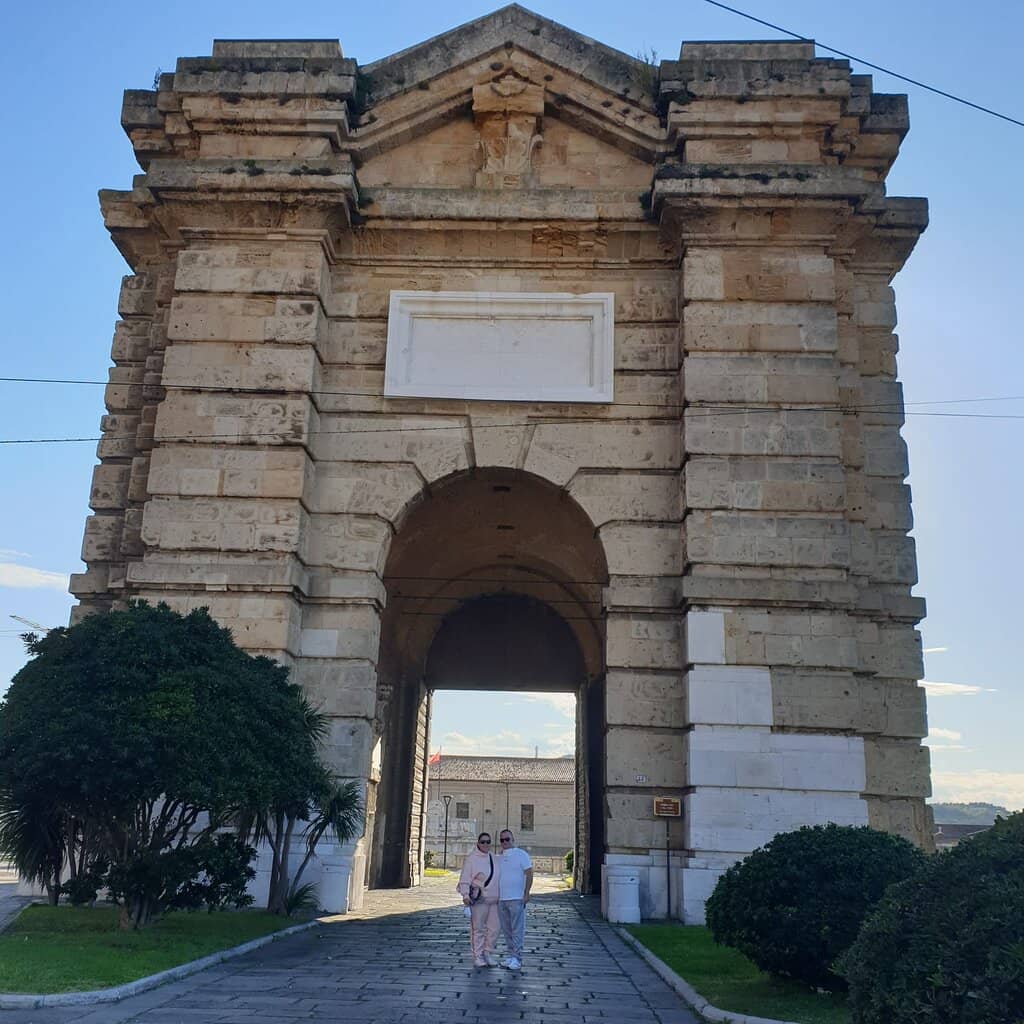
Highlights
Discover the most iconic attractions and experiences
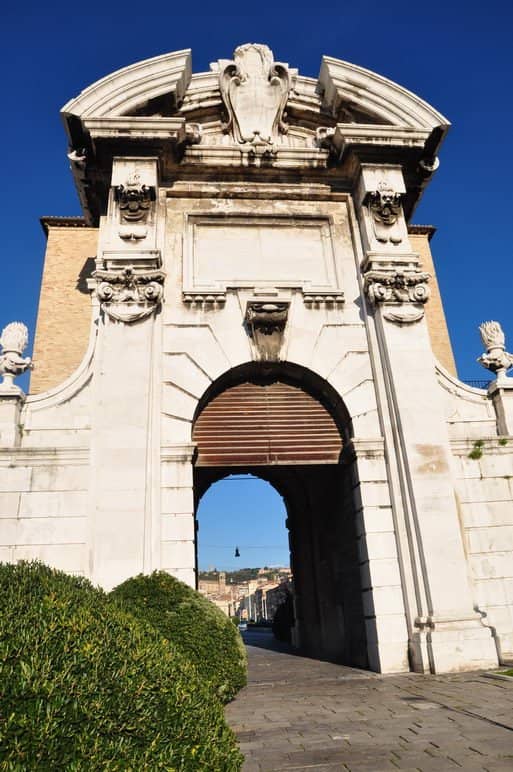
The Gate Itself
Porta Pia
A stunning Renaissance masterpiece by Michelangelo, showcasing innovative architectural design and historical gravitas.
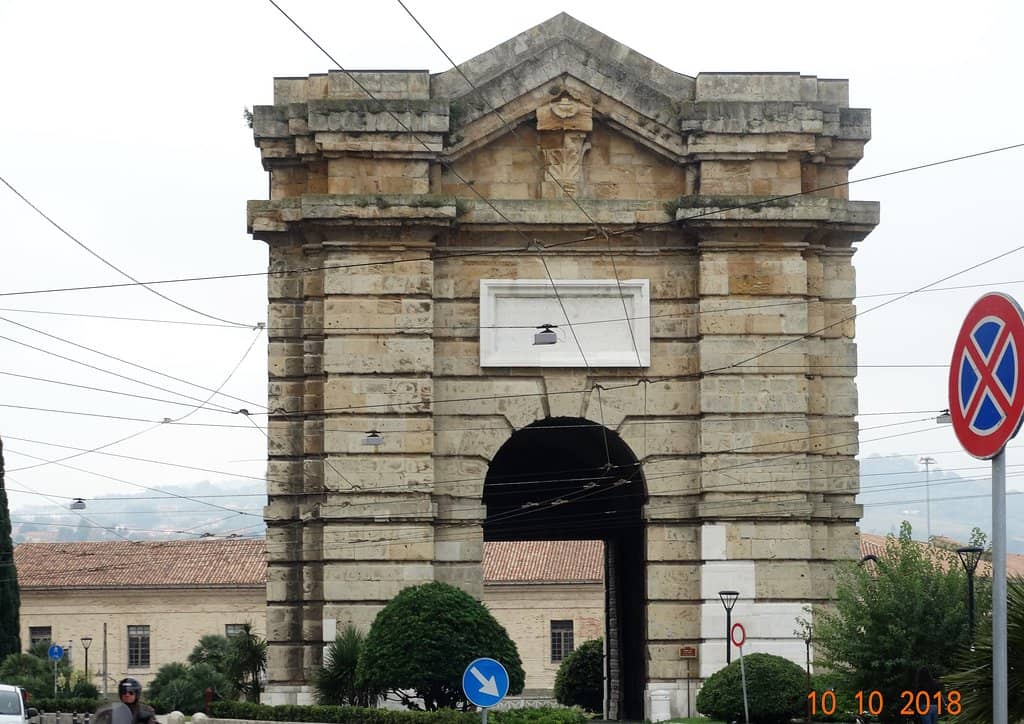
Breccia di Porta Pia Monument
Near Porta Pia
Commemorates the 1870 event that unified Italy, a powerful symbol of national history and change.
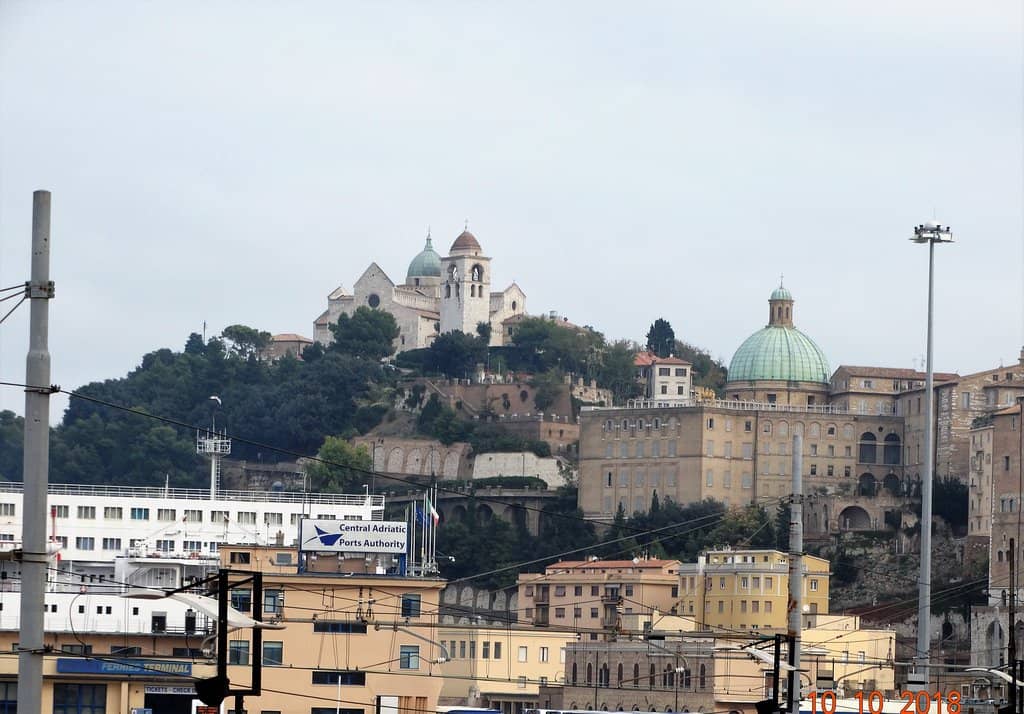
Michelangelo's Design
Porta Pia
Appreciate the unique and forward-thinking architectural elements introduced by the master artist, Michelangelo.
Plans like a pro.
Thinks like you
Planning Your Visit
Timing Your Visit to Porta Pia
Understanding Porta Pia's Significance
Best Times
Insider Tips
from TikTok, Instagram & Reddit
🚶♂️ Explore Beyond the Gate
Don't just see the gate; explore the surrounding area for more historical context and local charm.
📚 Learn the History
Understand the 'Breccia di Porta Pia' event to fully appreciate its significance.
📸 Capture the Details
Look for Michelangelo's innovative architectural touches for unique photos.
🍽️ Nearby Dining Options
Discover authentic Roman cuisine at restaurants near Porta Pia.
Tips
from all over the internet
🚶♂️ Explore Beyond the Gate
Don't just see the gate; explore the surrounding area for more historical context and local charm.
📚 Learn the History
Understand the 'Breccia di Porta Pia' event to fully appreciate its significance.
📸 Capture the Details
Look for Michelangelo's innovative architectural touches for unique photos.
🍽️ Nearby Dining Options
Discover authentic Roman cuisine at restaurants near Porta Pia.
What Travellers Say
Reviews Summary
Porta Pia is lauded as a grand historical gateway that beautifully encapsulates Rome's blend of art, architecture, and pivotal history. Visitors appreciate its significance as a symbol of Italian unification and Michelangelo's masterful design, though some note it could benefit from more maintenance.
"A Grand Gateway into Rome’s Timeless Spirit
Porta Pia is a fascinating and elegant historical gate that perfectly captures Rome’s blend of art, architecture, and history. Designed by Michelangelo in the 16th century, it stands as a striking example of Renaissance creativity meeting military functionality.
Today, Porta Pia feels like a quiet but proud guardian of the city’s past, marking the spot where modern Italy took shape during the famous Breccia di Porta Pia in 1870 - a key moment that led to the unification of Italy and the end of papal rule in Rome.
The gate’s beautiful details and nearby monument make it a great stop for history enthusiasts, architecture lovers, or anyone exploring beyond the classic tourist routes. Standing here, you feel the weight of history and the pulse of a city that has continuously reinvented itself for centuries.
A must-see for anyone who wants to truly understand the layers of Rome!"
Maxim Novikov
"A big impressive landmark on the port of Ancona, built for a Pope Puis VI
Marks where the city walls ended."
Peter Mabon
"This actually disappointed me. I was intrigued upfront and wanted to experience this. But it is a bit too little and simply not in a well maintained state. Some cleaning goes a long way."
Lennard van putten
What People Like
What People Dislike
Frequently Asked Questions
🚇 🗺️ Getting There
Porta Pia is accessible via public transport. You can take buses that stop nearby, or it's a pleasant walk from some central areas. Consider using a navigation app for real-time bus routes.
Yes, Porta Pia is located in the Nomentano district and is relatively close to Villa Torlonia and other historical sites, making it a good addition to a walking tour.
The closest metro stations are usually a bit of a walk away, so buses or trams are often more direct. Check Rome's public transport map for the best route from your location.
Street parking can be challenging in this area of Rome. It's generally recommended to use public transportation or a taxi to reach Porta Pia.
Many visitors enjoy a guided tour that includes Porta Pia to learn about its rich history and architectural significance.
🎫 🎫 Tickets & Entry
Porta Pia is an outdoor monument and part of the city's historical fabric, so there is no ticket required to view it from the outside.
As an external monument, Porta Pia is accessible at all times. However, surrounding areas or any associated museums might have specific hours.
No, there is no entrance fee to see Porta Pia itself. It's a historical landmark integrated into the city.
Yes, many Rome tours, especially those focusing on history or the Risorgimento, will include a stop at Porta Pia.
Porta Pia can be viewed at night, and it's often beautifully illuminated, offering a different perspective on its grandeur.
🎫 🏛️ Onsite Experience
Porta Pia is famous for the 'Breccia di Porta Pia' on September 20, 1870, when Italian troops breached the Aurelian Walls, leading to the capture of Rome and its unification.
Porta Pia was one of the last works designed by the renowned artist Michelangelo Buonarroti.
Nearby, you can explore the historical significance of the 'Breccia di Porta Pia' monument and enjoy the architecture of the surrounding district, including Villa Torlonia.
Yes, Porta Pia offers excellent photographic opportunities, especially with its grand architecture and historical context. The surrounding streets also provide charming backdrops.
A brief visit to admire the gate and its monument might take 30 minutes. If you plan to explore the surrounding area or visit nearby attractions, allocate more time.
🍽️ 🍽️ Food & Dining
Absolutely! The area around Porta Pia offers a variety of dining options, from traditional Roman trattorias to more contemporary eateries.
You can find authentic Roman dishes like cacio e pepe, carbonara, and supplì, as well as local wines and cured meats.
Yes, look for 'fraschette' or local markets for more affordable and authentic Roman food experiences.
Yes, there are several pizzerias in the vicinity, including some that offer contemporary pizza styles.
Restaurants like 'Ai Balestrari' have branches near Porta Pia, offering a taste of Roman tradition.
📸 📸 Photography
Try capturing the gate from a slight distance to include its scale, and get closer to highlight Michelangelo's intricate architectural details.
Yes, Porta Pia is often beautifully illuminated at night, making it a great subject for evening or night photography.
Late afternoon offers beautiful golden hour light that enhances the stone and architectural features. Early mornings can also be good for fewer people.
Generally, casual photography is allowed. However, professional shoots or drone usage may require permits.
The surrounding streets, Villa Torlonia, and the monument commemorating the Breccia di Porta Pia offer additional photographic opportunities.
For Different Travelers
Tailored advice for your travel style
👨👩👧 Families with Kids
Consider packing snacks and water, as exploring historical sites can be tiring for younger ones. The area is generally safe for walking, and the open space around the gate allows for some freedom. Look for family-friendly trattorias in the vicinity for a relaxed meal after your visit.
🏛️ History Buffs & Architecture Enthusiasts
Beyond the gate itself, explore the Breccia di Porta Pia monument for a deeper understanding of the 1870 event. Consider visiting nearby historical sites or museums that further contextualize this period of Italian history. The surrounding Nomentano district also offers architectural charm worth exploring.
🚶♀️ Solo Travelers & Explorers
Take advantage of the local eateries in the area for an authentic Roman dining experience. Solo travelers can also find guided tours that pass through Porta Pia, offering insights without the need for a group commitment.
Deep Dives
In-depth insights and expert knowledge
The Historical Significance of Porta Pia
Before this momentous occasion, Porta Pia was itself a significant architectural achievement. Designed by the legendary Michelangelo Buonarroti, it was one of his final works. Completed in 1565, it showcased his innovative approach to design, blending classical elements with a more dynamic and monumental style that was characteristic of his later period. The gate served as a grand entrance to the city and a testament to Renaissance artistry.
Today, standing at Porta Pia, you can feel the echoes of both its artistic heritage and its historical turning point. It's a place where art, architecture, and the birth of modern Italy converge, offering a profound connection to the nation's past.
Michelangelo's Architectural Genius at Porta Pia
Key to Michelangelo's design are the innovative use of architectural elements and the play of scale. He employed rustication, projecting keystones, and a dramatic central archway flanked by smaller openings. The facade features a prominent coat of arms and decorative motifs that add to its visual richness. This design was quite forward-thinking for its time, influencing subsequent Baroque architecture with its emphasis on grandeur and dynamic composition.
Visitors can appreciate the sculptural quality of the stonework and the way Michelangelo manipulated light and shadow to create a sense of depth and monumentality. It's a piece of art as much as it is a functional gateway, inviting contemplation of the master's enduring legacy.
Exploring the Porta Pia Neighborhood
For those interested in local culture and cuisine, the Mercato Rionale Porta Pia provides an authentic taste of Roman life, offering fresh produce, local delicacies, and a lively atmosphere. The neighborhood also boasts a good selection of restaurants and cafes, ranging from traditional trattorias serving classic Roman dishes to more contemporary dining experiences.
Walking through the streets near Porta Pia, you'll encounter a mix of historical buildings and residential areas, offering a glimpse into everyday Roman life away from the most crowded tourist hubs. It's an area that rewards exploration, providing a more nuanced understanding of the city beyond its iconic landmarks.
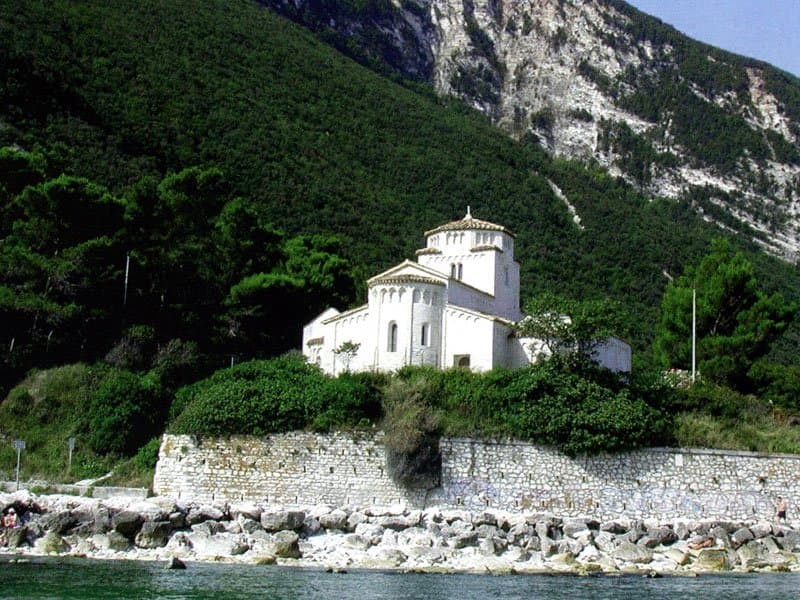

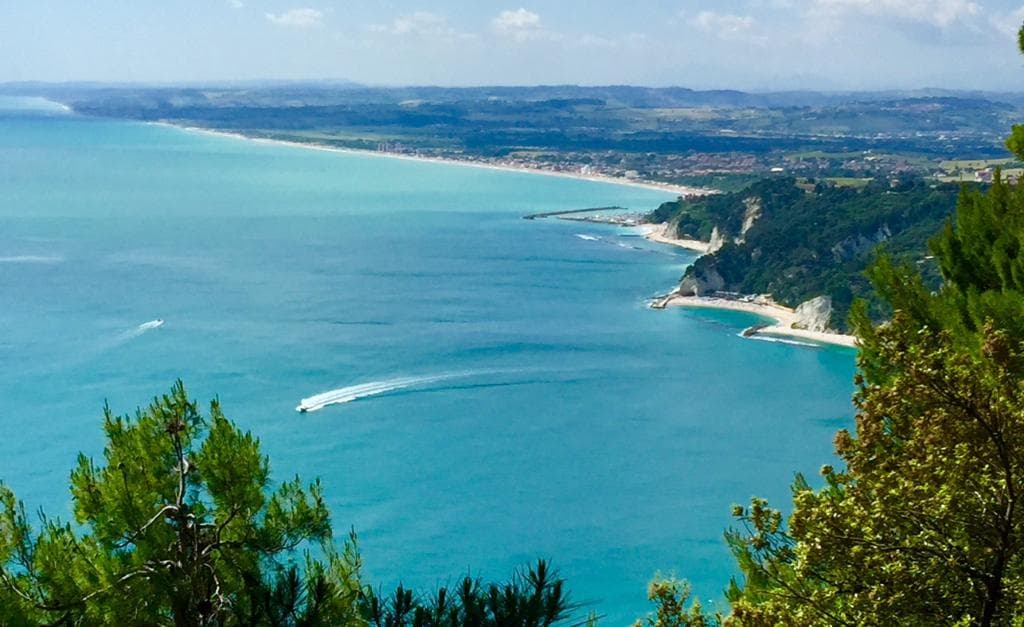
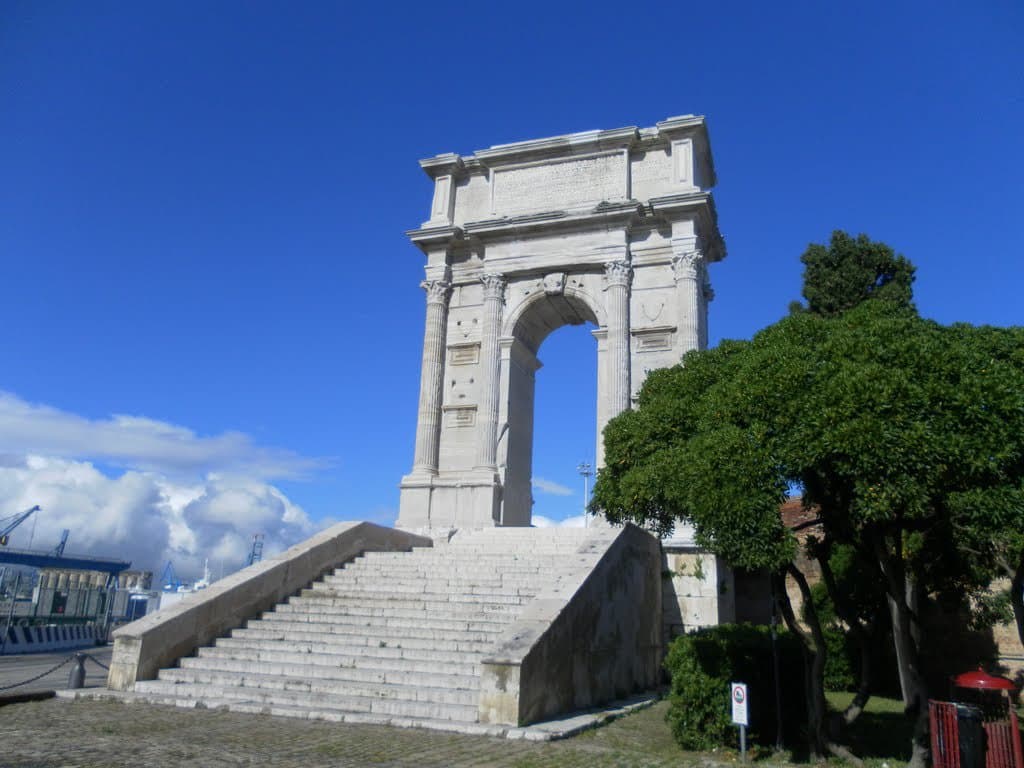
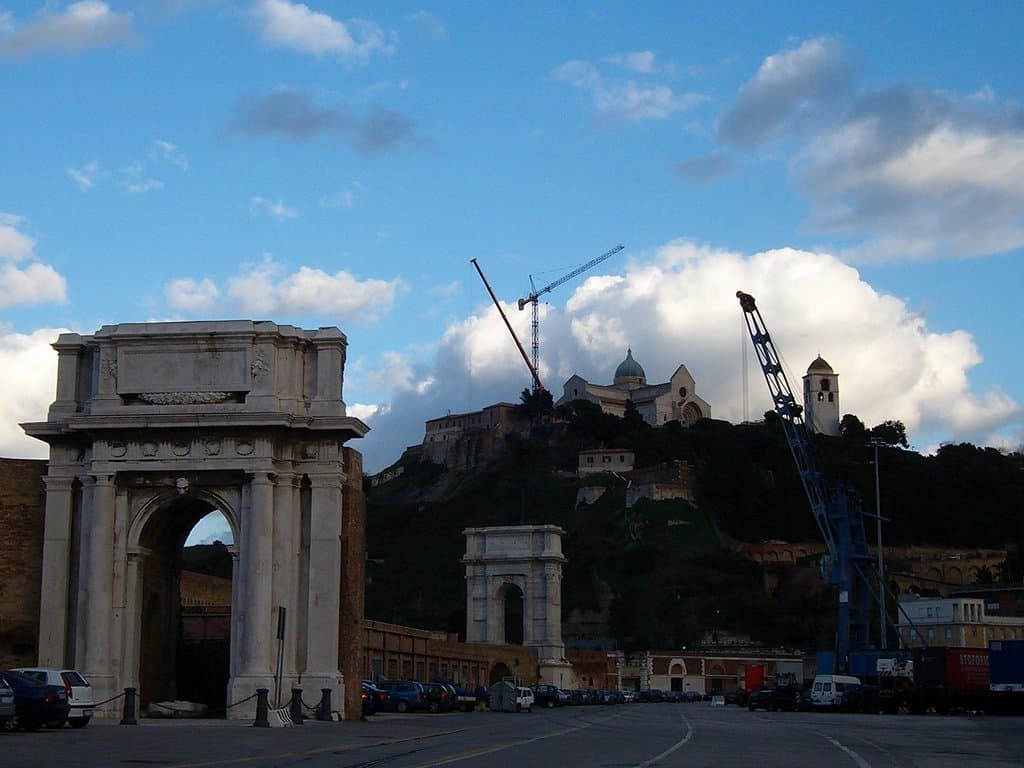
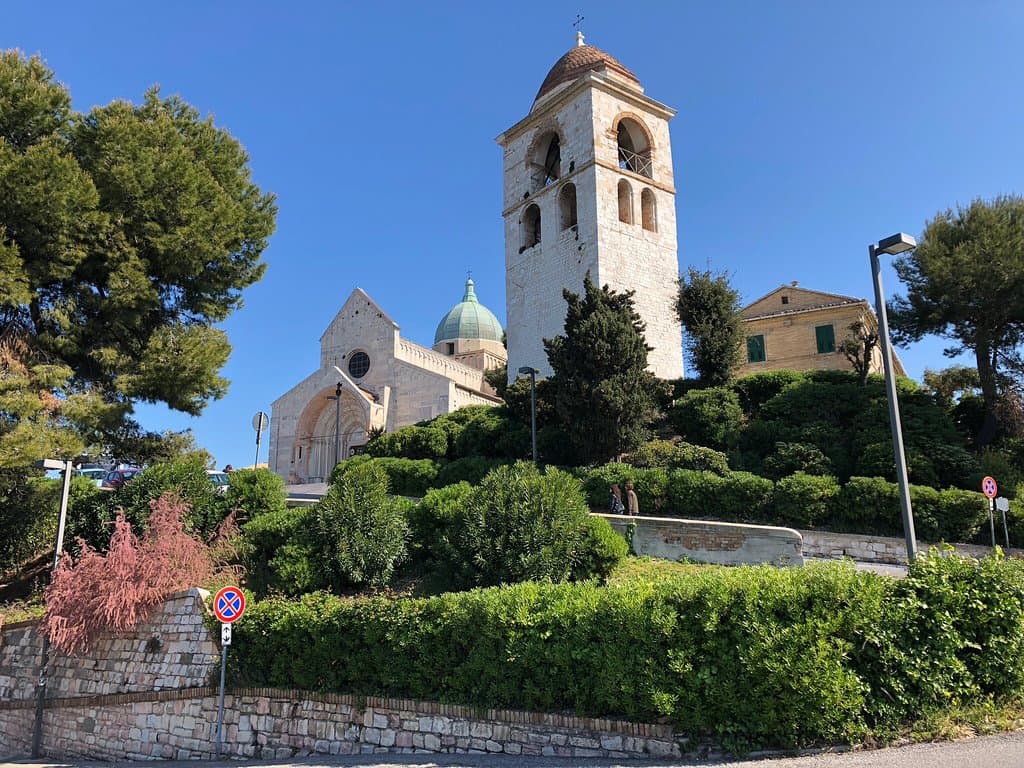
Social
from TikTok, Instagram & Reddit